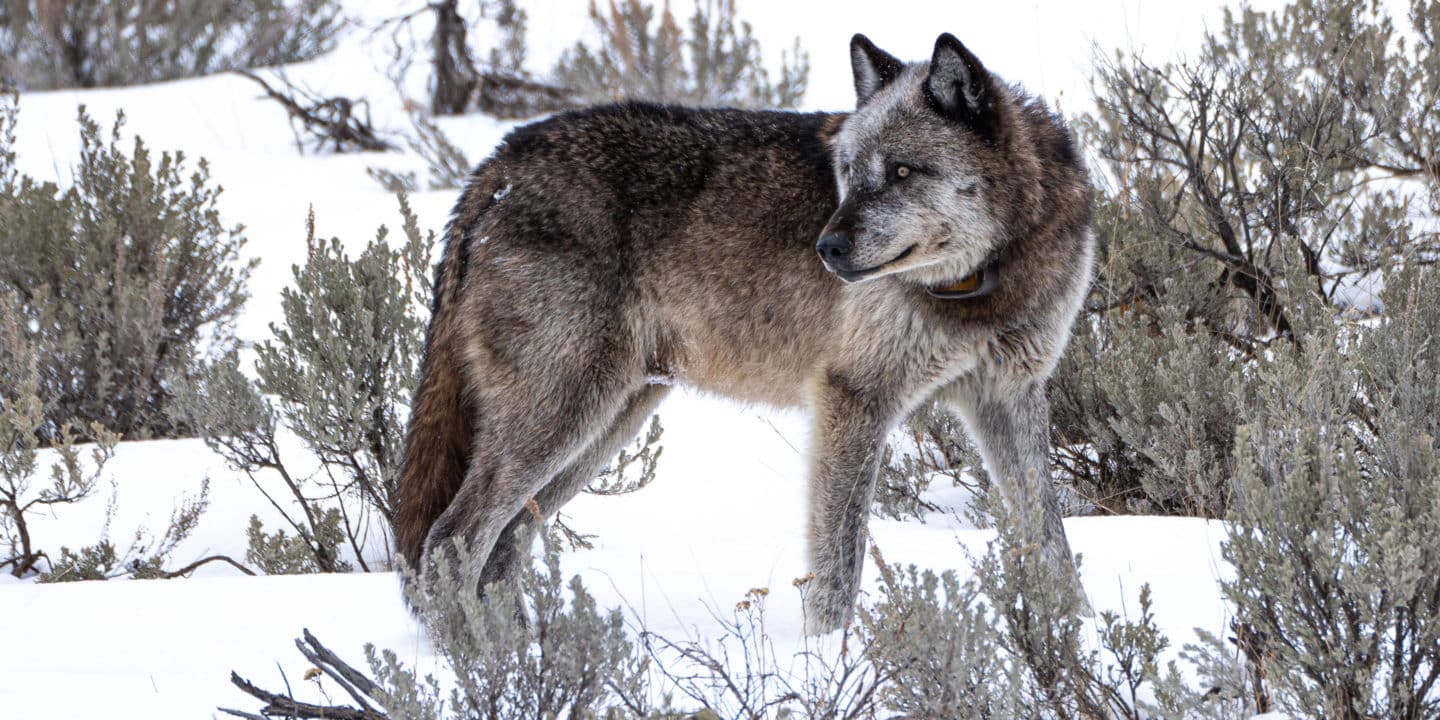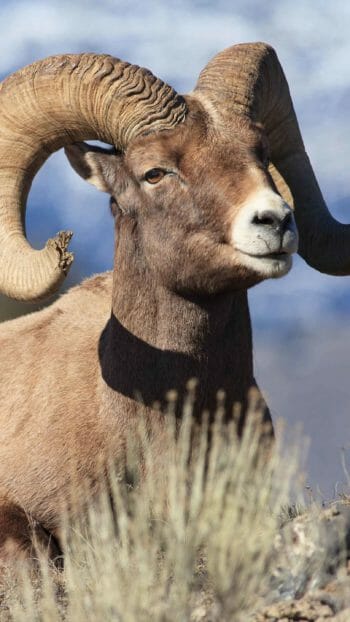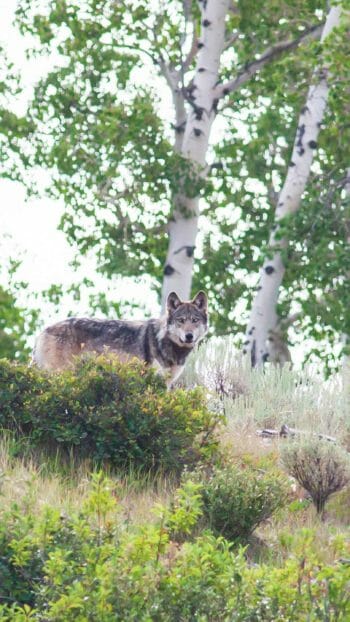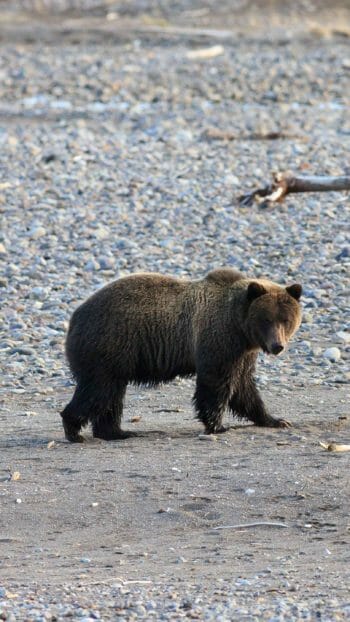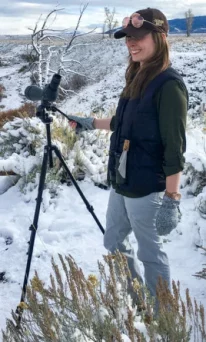Few wildlife experiences rival the thrill of seeing wild wolves in Yellowstone National Park. Once absent from this vast wilderness, wolves have made a remarkable return, becoming one of the park’s most iconic and ecologically influential species. Their presence not only reshaped Yellowstone’s ecosystem but also transformed how visitors connect with the park’s natural rhythms. Whether you’re a wildlife enthusiast, photographer, or curious first-timer, encountering wolves in their natural habitat is both humbling and unforgettable. Here, we’ll explore the history of wolves in Yellowstone, their role in the ecosystem, seasonal behaviors, and how you can increase your chances of observing them on a guided day tour or multi-day safari experience with Yellowstone Safari.
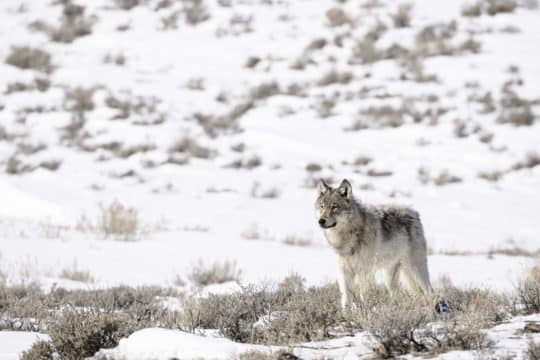
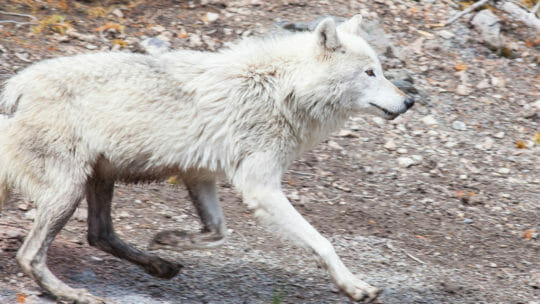
The History of Wolves in Yellowstone
Wolves once roamed freely across the American West, including Yellowstone National Park. However, by 1926, they were extirpated from the park due to hunting and trapping. This absence led to an overpopulation of elk, which overgrazed vegetation, disrupting the park’s ecosystem. In 1995, 14 gray wolves were reintroduced to Yellowstone from Canada, marking a significant milestone in ecological restoration. This reintroduction initiated a trophic cascade, where the presence of wolves regulated elk populations, allowing vegetation like willows and aspens to recover, benefiting other species such as beavers and birds.
Ecological and Economic Benefits of Wolves
The reintroduction of wolves has had profound ecological impacts. By controlling elk populations, wolves have allowed vegetation to flourish, which in turn supports a diverse range of species. For instance, the resurgence of willows has benefited beavers, birds, insects, and other wildlife. Economically, wolf-related tourism has become a significant draw for visitors, contributing to the local economy.
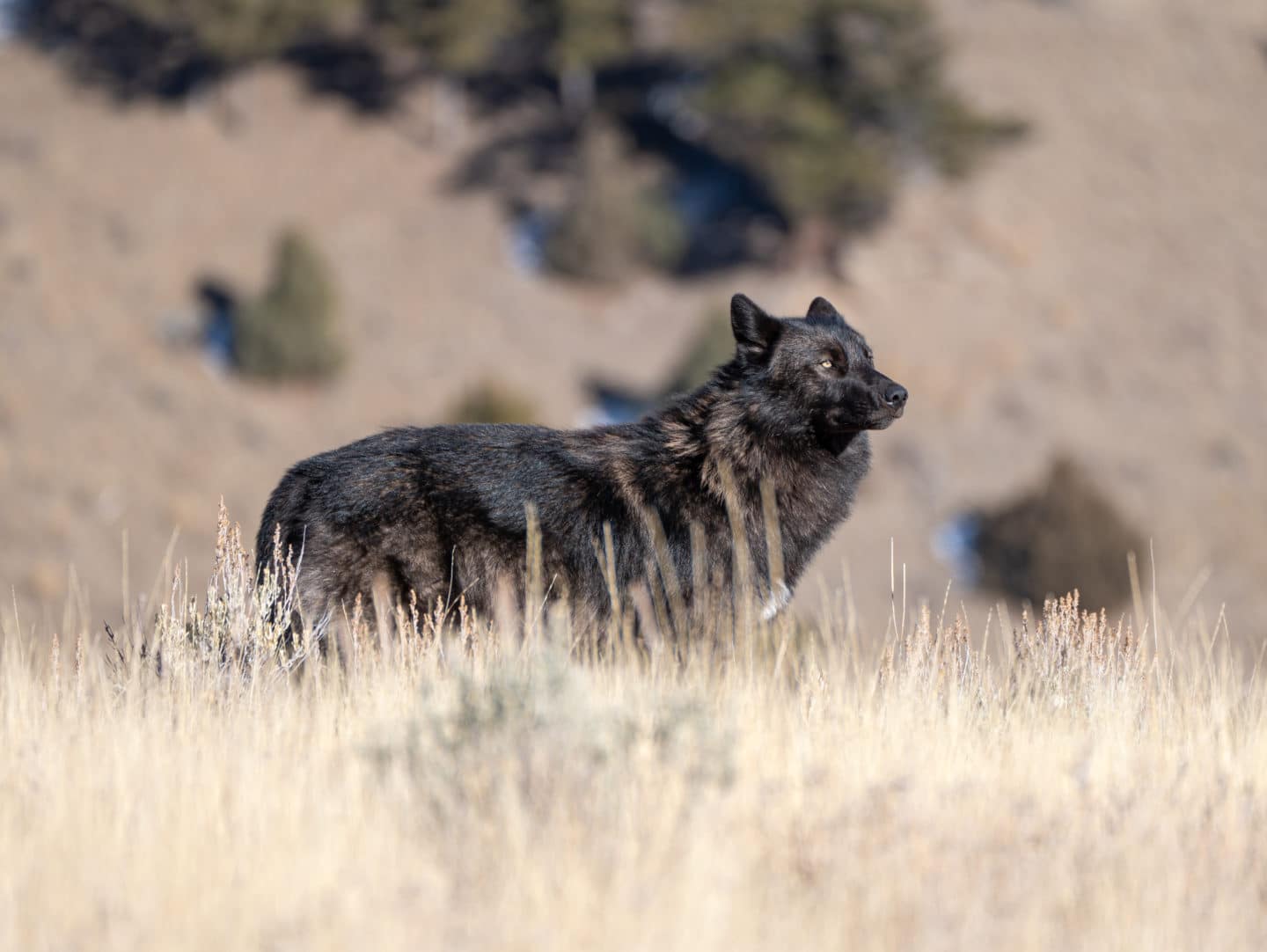
Yellowstone’s Wolf Packs
Yellowstone is home to several wolf packs, each with its unique dynamics. The average pack size is approximately 9.8 wolves, and these packs are led by monogamous pairs. The wolf packs in Yellowstone primarily hunt elk, with a smaller percentage preying on bison and deer. Their social structure is complex, with older members playing crucial roles in hunting and pack cohesion. Observing these packs in action provides insight into their behaviors and interactions, making guided tours an invaluable experience for wildlife enthusiasts.
Summer vs. Winter
Yellowstone’s wolves exhibit different behaviors across seasons. In summer, wolves are more dispersed, making sightings less frequent. However, in winter, the snow-covered landscape offers better visibility, and wolves tend to congregate in areas with abundant prey, increasing the chances of sightings. Winter also brings fewer tourists, providing a more serene and intimate experience for those seeking to observe wolves in their natural environment.
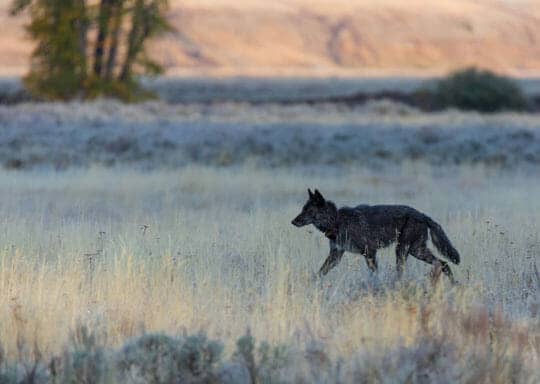
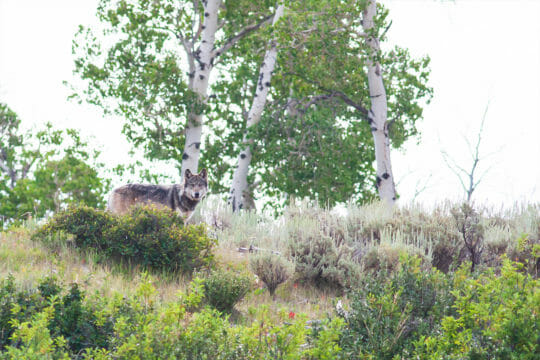
Understanding Wolf Pack Dynamics
Wolf packs in Yellowstone operate as tight-knit family units. Contrary to the popular “alpha wolf” myth, modern research indicates that pack leadership is more collaborative, with older, experienced wolves guiding the group. These packs are essential for maintaining ecological balance, as their hunting activities regulate prey populations and influence the behavior of other species. Understanding these dynamics enriches the experience of observing wolves in the wild.
Multi-Day Tours: Immersive Wolf Watching Experiences
For those seeking an in-depth experience, we offer both 2-day safaris and 3-day safaris to provide extended opportunities to observe wolves and other wildlife. These tours allow guests to explore various parts of the park, increasing the likelihood of sightings. Expert guides provide valuable insights into wolf behavior, ecology, and the park’s history. Additionally, multi-day tours offer the chance to witness the park’s diverse ecosystems and landscapes, enhancing the overall adventure.
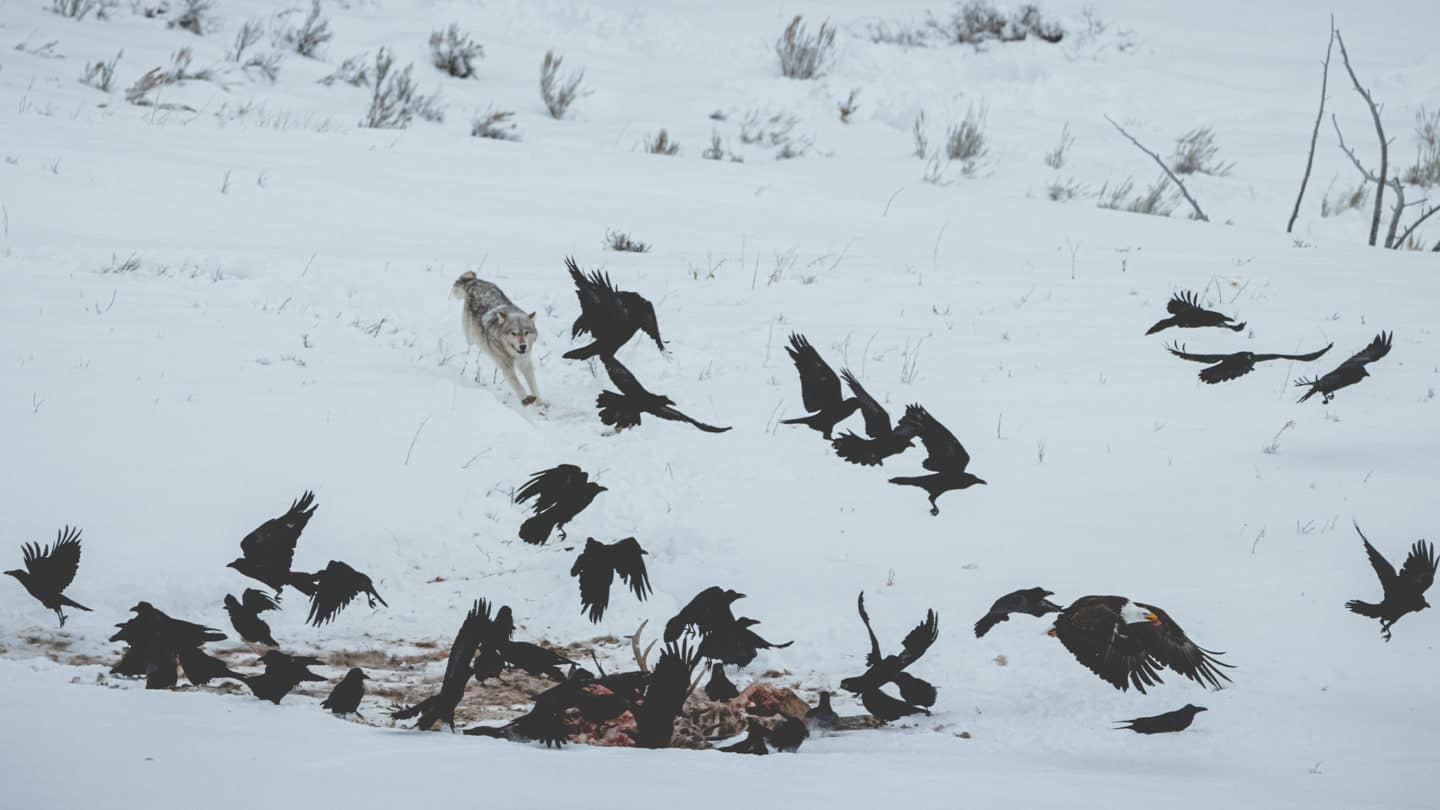
Benefits of Multi-Day Tours for Wolf Watching and Photography
Multi-day tours are particularly beneficial for wildlife photographers. Extended time in the field allows for capturing wolves in various settings and lighting conditions. Our guides can lead guests to prime locations and provide tips on photography techniques, ensuring that participants have the best chance to document their experiences. These tours also offer opportunities to observe other wildlife, adding diversity to photographic portfolios.
Plan Your Wolf Safari with Yellowstone Safari
Embarking on a wolf safari with Yellowstone Safari is an unforgettable adventure. To book your tour, visit our Yellowstone Wildlife Safari page. Our expert guides will lead you through the park’s most promising wolf habitats, providing insights into the wolves’ behaviors and the park’s rich history. Whether you’re a seasoned wildlife enthusiast or a first-time visitor, our tours cater to all levels of experience.
FAQs
When is the best time of year to see wolves in Yellowstone?
The best time to see wolves is during the winter months (November through March). With fewer leaves on trees and snow-covered landscapes, visibility improves, and wolves are more likely to gather in valleys where prey is abundant. Springtime is also a wonderful time to view them as you may get the chance to watch pups playing and the parents interacting with them.
How close can I get to wolves during a tour?
For safety and conservation reasons, visitors must maintain a distance of at least 100 yards from wolves. Guided tours, we use high-powered scopes and binoculars to observe wolves without disturbing them.
Are wolf sightings guaranteed on guided tours?
While Yellowstone is one of the best places in the world to see wild wolves, sightings are not guaranteed. However, expert guides use their knowledge of pack locations and recent activity to significantly increase your chances.
How do multi-day tours enhance the wolf watching experience?
Multi-day tours provide more time to explore different regions of the park and track wolf movements. This extended access increases the likelihood of sightings and offers deeper insight into pack behavior, ecology, and photography opportunities.
What should I bring on a wolf watching tour?
Dress in layers for changing weather, wear sturdy shoes, and a camera with a zoom lens (if you have one) for photography. Our guides provide spotting equipment which they use to take close up photos with phone cameras!
Why are wolves important to Yellowstone’s ecosystem?
Wolves play a crucial role in maintaining ecological balance. By regulating elk and deer populations, they allow vegetation to recover, which benefits a wide range of other species—including beavers, birds, and fish—through a process called trophic cascade.

